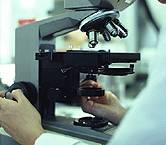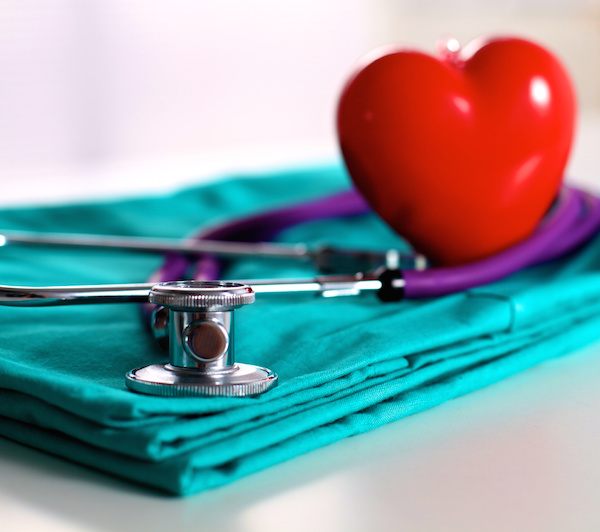
WEDNESDAY, July 25 (HealthDay News) — Researchers have grown small blood vessels in a lab using stem cells from fat gathered through liposuction. Such cultured blood vessels might someday play a role in transplant operations, including heart bypass surgery.
In bypass surgery, transplanted blood vessels are used to reroute blood around severely blocked arteries. Current techniques have limitations, however, and these preliminary study results suggest that tissue-engineered blood vessels might help doctors surmount certain hurdles, the researchers said.
Many more steps are involved before heart surgery patients can benefit from this technique, said study author Dr. Matthias Nollert, an associate professor at the University of Oklahoma School of Chemical, Biological and Materials Engineering, in Norman, Okla.
“First, we will need to make a fully functional vessel. Ours works, but does not yet achieve physiological mechanical properties,” he said. “[Then] we will need to show that stem cells obtained from old, sick people can also be used to make a functional vessel and that this works in an animal model.”
All in all, “we are still five to 10 years away from seeing this being tested in people,” Nollert said. But the researchers hope to have a prototype ready for animal testing by early next year.
Ultimately, millions of patients with cardiovascular disease could benefit, the researchers said.
“We are targeting elderly, obese or diabetic patients in need of coronary artery bypass graft surgery,” Nollert said. “For these patients, the gold standard is a vascular graft, but for many there are no suitable vessels available.”
The findings are scheduled for presentation Wednesday at an American Heart Association meeting in New Orleans. Data and conclusions presented at medical meetings should be considered preliminary until published in a peer-reviewed medical journal.
For the study, researchers using liposuction extracted adult stem cells from fat and turned them into smooth muscle cells. Adult stem cells are considered to be undifferentiated, which means they hold the potential to morph into specialized cell types. Liposuction is a common cosmetic surgery procedure in which doctors use a small needle to remove excess fat from under the skin by suction.
The extracted cells were “seeded” onto a very thin collagen membrane. As they multiplied, researchers rolled them into tubes with the diameter of small blood vessels (3 millimeters). In three to four weeks, they were able to grow usable blood vessels.
Such lab-grown vessels with “off-the-shelf availability” could overcome problems associated with grafting blood vessels from the patient’s body or from using artificial blood vessels, the researchers believe.
Many bypass patients are readmitted to the hospital because of complications from surgery, and about 40 percent of these readmissions are caused by problems at the donor site, not the heart artery, Nollert said.
“By developing a tissue-engineered vessel using the patient’s own cells, we would eliminate the need to use a donor vessel,” he said.
Current small-vessel grafts also carry an inherent risk of clotting, rejection or failure to function normally, he added.
Other experts agree that engineered blood vessels could fill a need for patients with cardiovascular disease.
“It is very hard to bypass small vessels in the heart,” said Dr. Roberto Bolli, an American Heart Association spokesman and chief of cardiology at the University of Louisville in Kentucky. “If these cells prove useful, it will be very easy to collect through liposuction.”
One potential downside is that these blood vessels take time to grow in the lab. “They would not be available immediately, but you could bank your own cells and keep them until the time comes that you need them,” Bolli added.
Dr. Stephen Green, chief of cardiology at North Shore University Hospital in Manhasset, N.Y., is cautiously optimistic about the implications of the new findings.
“It’s a big deal and a potentially game-changing thing,” he said. “But this is a first step, and we are far removed from Mrs. Jones having bypass [surgery] with a lab-grown blood vessel.”
The need for the small-diameter blood vessels is tremendous, Green said. Many bypass patients don’t have veins to use. “You can run out of appropriate veins,” he said, “especially if this is a repeat operation.”
More information
The U.S. National Heart, Lung, and Blood Institute has more about coronary artery bypass grafting.

